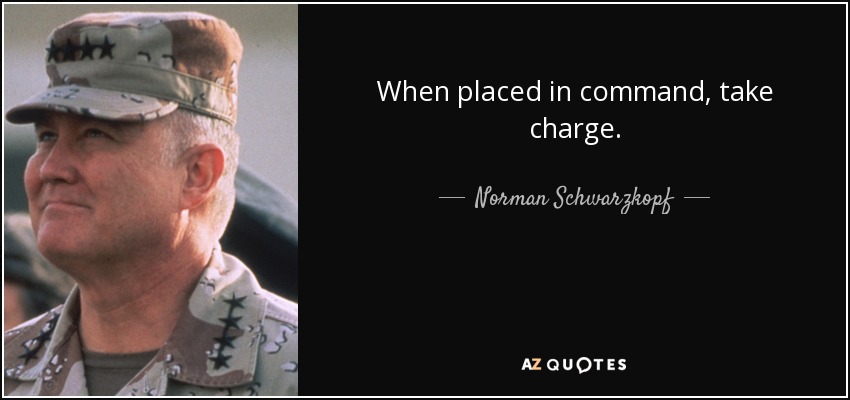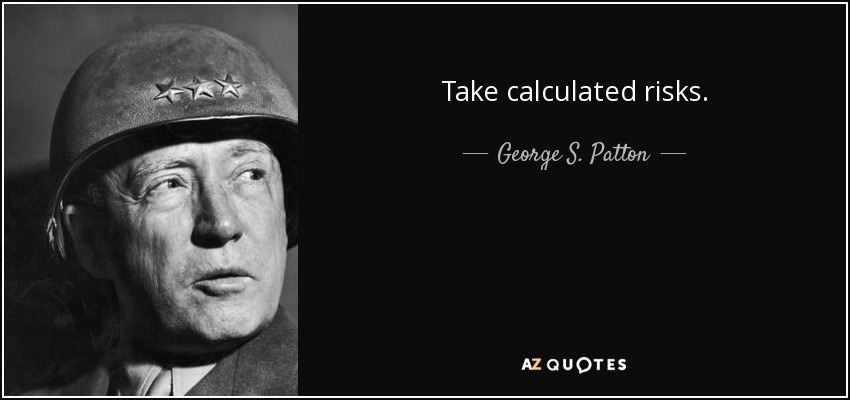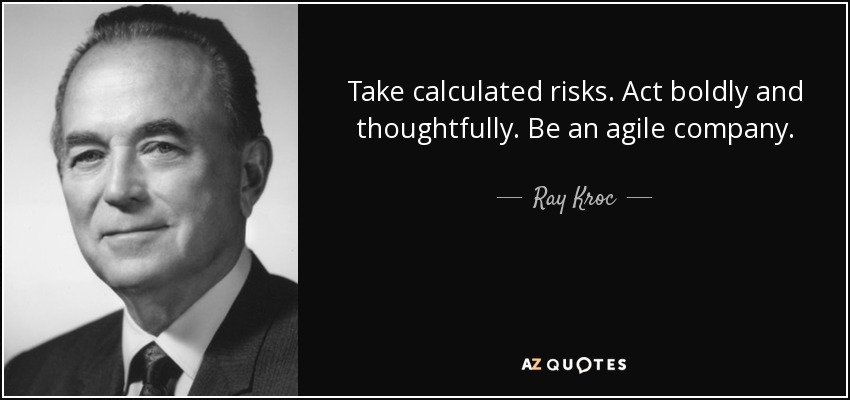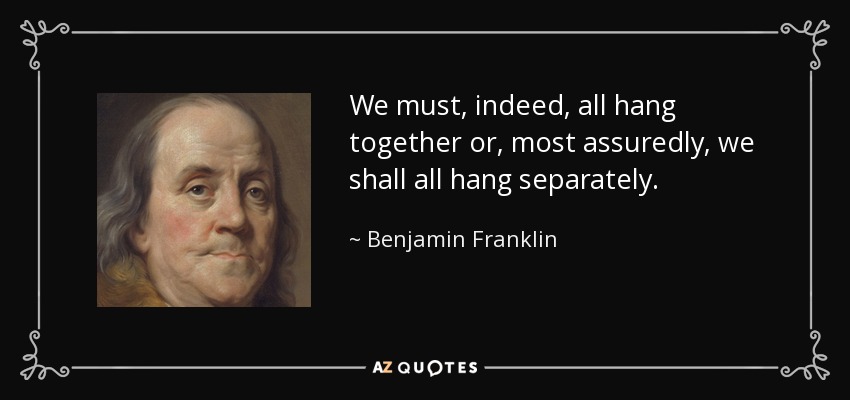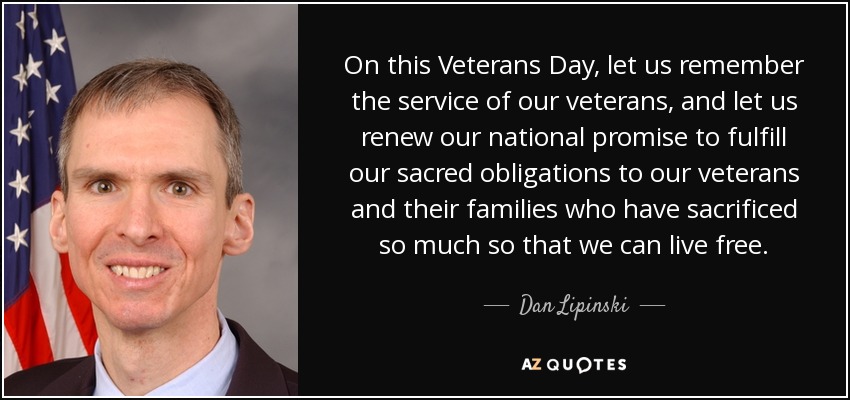Click here to return to Blog Post Intro

Take Command
The key to being a successful skipper is to see the ship through the eyes of the crew. Only then can you find out what’s really wrong and, in so doing, help the sailors empower themselves to fix it.
Ask everyone, “Is there a better way to do what you do?” Time after time, the answer is yes. Focus your leadership efforts on encouraging people not only to find better ways to do their jobs, but also to have fun as they do them.
How did this approach affect Benfold? The ship’s retention rate for the two most critical categories jumped from 28% to 100%, and stayed there. All of Benfold’s career sailors reenlisted for an additional tour.
Whenever the consequences of a decision had the potential to kill or injure someone, waste taxpayers’ money, or damage the ship, the Captain had to be consulted. Short of those contingencies, the crew was authorized to make their own decisions.
Learn Real Leadership
The difference between thinking like a top performer and thinking like your boss is the difference between individual contribution and real leadership. Some people never make this jump; they keep doing what made them successful, which in a leadership role usually means micromanaging.
Abrashoff said, “I wanted my bosses to know I was on the job and they didn’t have to worry about me, that they could spend their time on more important matters. If your bosses see you lifting burdens off their shoulders, and they find out they can trust you, they stay out of your face. And that gives you the freedom you need to operate independently and improve your ship.”
Lead By Example
Whenever an officer proposed a plan, Abrashoff asked, “Why do we have to do it that way? Is there a better way?” So they always searched for better ways to do things. The signals you send are important. You train your crew how to operate through every decision you make and every action you take.
If you don’t get the results you want, ask yourself these three questions:
- Did I clearly articulate the goals?
- Did I give people enough time and resources to accomplish the task?
- Did I give them enough training?
Abrashoff discovered that 90% of the time, he was at least as much a part of the problem as my people were. (Check out what I consider to be Your Most Powerful Leadership Tool.)
Leaders need to understand how profoundly they affect people, how their optimism and pessimism are equally infectious, how directly they set the tone and spirit of everyone around them.
Never take any ethical shortcuts. The test is simple, “If what I’m about to do appeared on the front page of the Washington Post tomorrow, would I be proud or embarrassed?” The Sunday School standard is enough: Do the right thing.
Every so often, your chain of command comes up with a policy that you disagree with—yet it’s your responsibility to enforce it. It’s important to make your objections known in a private manner with your bosses. It’s equally important that you not undermine your superiors. In any organization, your people need to know that you support your chain of command. If they see you freelancing, they will feel free not to support you when they disagree with your policies.
Communicate Purpose and Meaning
The whole secret of leading a ship or managing a company is to articulate a common goal that inspires a diverse group of people to work hard together.
Communication is missing from many organizations today—managerial silence seems to be growing just when fierce competition is forcing companies to reinvent themselves constantly. Change frightens workers, and their fears thrive in silence. The antidote is obvious: Keep talking. Tell everyone personally what’s in store for him or her—new goals, new work descriptions, new organization structure, and yes, job losses, if that’s the case. Explain why the company is making the changes.
Take the Army’s practice for an After Action Review (AAR). After every major decision, event, or maneuver, those involved gather around and critique it. Even if things go well, analyze them. Document what you are trying to do, how you did it, what the conditions and variables were, and how you can improve the process in the future.
Create a Climate of Trust
Leaders and managers need to understand their employees are keenly attuned to their actions and reactions. If they see you give up on someone, they understand instantly that there’s no room for redemption in this organization, and they could be the next to go. If they see you intervene to help someone who is worth your effort, they will be reassured. Though the process is tedious and time-consuming, you will benefit if people feel more secure, are more willing to take risks, and have a positive attitude about the organization. Guess who benefits most? You.
(Trust really is the Foundation of Relationships, see my post here.)
When do you break the rules? Bureaucracies can serve useful purposes. For example, a bureaucracy can slow down the implementation of a bad idea by giving the decision-maker more time to reflect. However, more often than not, bureaucracies create rules and then forget why they were needed in the first place, or fail to see that the reasons for creating them no longer exist.
In today’s fast-paced world, rules should be treated as guidelines, not as immutable laws, unless they are truly critical. My boss would want me to use my best judgment and do the right thing, regardless of the directive, because there are gray areas.
Look for Results, Not Salutes
Within a month after taking command, Abrashoff was making progress in proving to his crew that he genuinely cared about them and would work with them to develop their potential. He was determined to create a culture where everyone on board felt comfortable enough to say, “Captain, have you thought of this?” or “Captain, I’m worried about something,” or even, “Captain, I think you’re dead wrong and here’s why.” Yes-people are a cancer in any organization, and dangerous to boot.
History records countless incidents in which ship captains or organization managers permitted a climate of intimidation to pervade the workplace, silencing subordinates whose warnings could have prevented disaster. Even when the reluctance to speak up stems from admiration for the commanding officer’s skill and experience, a climate to question decisions must be created in order to foster double-checking.
When leaders and managers behave as if they are above their people, when the announce decisions after little or no consultation, when they make it clear that their orders aren’t to be questioned, then conditions are ripe for disaster.
Take Calculated Risks
Organizations all too often promote only those who have never made a mistake. If you find someone who has never made a mistake, that is likely someone who is not doing anything to improve your organization.
If all you give are orders, then all you will get are order-takers. Since Abrashoff’s goal was to create self-starters, he finally said, “Hey, it’s your ship, take responsibility for it. Don’t ask permission; do it.”
The message raced through the ship: this captain doesn’t want parrots—he wants people who think for themselves. That was his first opportunity to demonstrate a new style, and it paid off handsomely.
Go Beyond Standard Procedure
In the Navy, as in business, SOP—standard operating procedure—tends to rule. After all, it’s standard—safe, proven, effective. On the other hand, you will rarely get outstanding results. All too often SOP is a sop—it distracts people from what’s really important.
Innovation and progress are achieved only by those who venture beyond standard operating procedure.
Build Up Your People
Leadership is mostly the art of doing simple things very well.
When you’re dealing with bosses, never tear them down; help them grow strong. If you want to achieve anything in a large bureaucracy, get inside the bosses’ heads. Anticipate what they want before they know they want it. Take on their problems; make them look so good that you become indispensable. When they can’t get along without you, they will support nearly anything you seek to accomplish.
Expect the Best from Your Crew. You Will Get It.
How much brainpower does the Navy—or any organization, for that matter—waste because those in charge don’t recognize the full potential hiding at the low end of the hierarchy? If we stopped pinning labels on people and stopped treating them as if they were stupid, they would perform better. Why not instead assume that everyone is inherently talented, and then spur them to live up to those expectations? Too idealistic? On the contrary, that’s exactly how Benfold became the best damn ship in the U.S. Navy.
Abrashoff explains, “One of the fringe benefits of all my one-on-one interviewing (with the sailors) was the insight it gave me into each sailor’s life. Nothing was more useful—and moving—than learning why a kid had joined the Navy, and whether he or she had dreams or was just drifting. Most of my sailors had never had this kind of attention. No one in authority, let alone a ship captain, had ever sat down with them, discussed their goals, and helped them devise a plan to reach them.”
Cross-training became Abrashoff’s mantra. By grooming people to move up and accept more responsibility, cross-training raised morale. By teaching them what their shipmates did, it improved team skills and spirit. The result was a huge plus for the ship.
One of the difficult tasks for any manager is counseling his or her employees at the yearly or semiannual evaluation. Remove the guesswork and let people know what criteria are going to be, so they won’t be surprised. Skipping this preparation only leads to heartache and discontent.
The key to a successful evaluation is whether or not your people are surprised the day you give them their grades.
The key to being a good leader is ongoing counseling and consistent honesty.
When it is time to inform the bottom performers that, in fact, that’s what they are, the most effective approach is asking them how they would rate their own performance. Most recognize that in relation to their peers, they are at the bottom of the curve.
All managers must be ready to shed poor performers, but only after you have given them a chance; you must be open and honest with them, clarify their deficiencies and how they can overcome them. And finally, you must spell out the stick: what will happen if they don’t address those problems in a timely manner.
Generate Unity
While good news makes you feel warm inside, it’s the negative news that makes you learn and helps improve your performance at your job.
On Benfold, some women felt there was sexual harassment on the ship, some minorities felt there was racial prejudice, and some white males even felt there was favoritism toward women and minorities. That’s a trifecta that’s tough to overcome. Abrashoff’s strategy was to cancel the diversity training program. In its place, he substituted unity training, concentrating on people’s likenesses and common goals rather than differences.
Unity begins by recognizing common interests. Unity is about maximizing uniqueness and channeling that toward the common goals of the group.
As Benjamin Franklin put it when he defied the British and signed the Declaration of Independence on July 4, 1776:
Above all, Abrashoff wanted his sailors to treat one another with dignity and respect. And though we all want to win at whatever we do, the important point was how we won—whether we did it in a way that made us proud or ashamed, bigger or smaller.
Diversity training often makes people more aware of their differences. Unity training focused on common interests and positive reasons to value others instead of a top-down prohibition against devaluing them. It was the difference between being rewarded for good behavior and being punished for bad behavior.
When Abrashoff departed, only 3% of minorities on board reported any type of racial prejudice, and just 3% of women reported sexual harassment. As he put it, “Of course, that is still 6% too many, but it was a quantum improvement over the overwhelming percentage who had previously reported favoritism, sexual harassment, and racial prejudice.”
It’s important to take people’s background and circumstances into consideration before passing judgment on them. Not everyone starts out at the same place, but with half a chance and some direction, most people left behind will catch up fairly quickly. Abrashoff also felt it was important to help wrongdoers become better citizens, instead of discarding them, as our society too often does. He points out that the effort we’re putting into building prisons should be used instead to redeem people.
Abrashoff wanted people who screwed up on his ship to know two things: first, they will be appropriately punished; second, they will get another chance. His team treated everyone with respect and dignity and required the same from the crew. Once again, it was simply the right thing to do, but it also had a definite salutary effect on the crew’s manners and behavior. Having accepted women as equals, men did not want to be shown up by them. Not only did their performance improve, they were also forced to grow up and stop being juvenile.
Improve Your People’s Quality of Life
Corporate America, like the military, seems as if it is headed for a nervous breakdown. We are now permanently wired to our work, wherever we are. Even on vacation, we’re tethered to pagers, cell phones, and laptops, so we can log in from the beach. This is okay in moderation. In excess, it eats away at the inner reservoir of spirit that people need to draw on when life gets tough.
Abrashoff noted that he had three priorities when he took command:
- To get better food
- To implement better training
- Make as many promotions as he could every year
Then, he explained that food raised morale and helped start the process of transforming the ship!
Life After Benfold
The Benfold Playbook:
- Lead by Example
- Listen Aggressively
- Communicate Purpose & Meaning
- Create a Climate of Trust
- Look for Results, Not Salutes
- Take Calculated Risks
- Go Beyond Standard Procedure
- Build Up Your People
- Generate Unity
- Improve Your People’s Quality of Life
A leader’s final evaluation should not be written until six months or a year after he or she leaves the organization. The true measure of how well you did on your watch is the legacy you hand your successors. Their success is actually your reward for leaving your command as shipshape as possible.
We all feel satisfaction in a job well done, but the greatest satisfaction transcends personal achievement—it comes from helping others reach their potential.
(That mirrors my last performance discussion with NASA Johnson Space Center Director Dr. Ellen Ochoa. Shortly after I was selected to a new Headquarters’ position as Director of HR Services for the Agency, she asked me to reflect on my three years as JSC HR Director. I responded, “What I’m most proud of is that we have two leaders who were ready to step in as JSC HR Director when I left the role. Both were accepted by her and our Chief Human Capital Officer. Our JSC HR Team was left in good hands, and I’m confident will be better than ever!)
The bottom line: It’s your ship (or boat). Make it the best.


